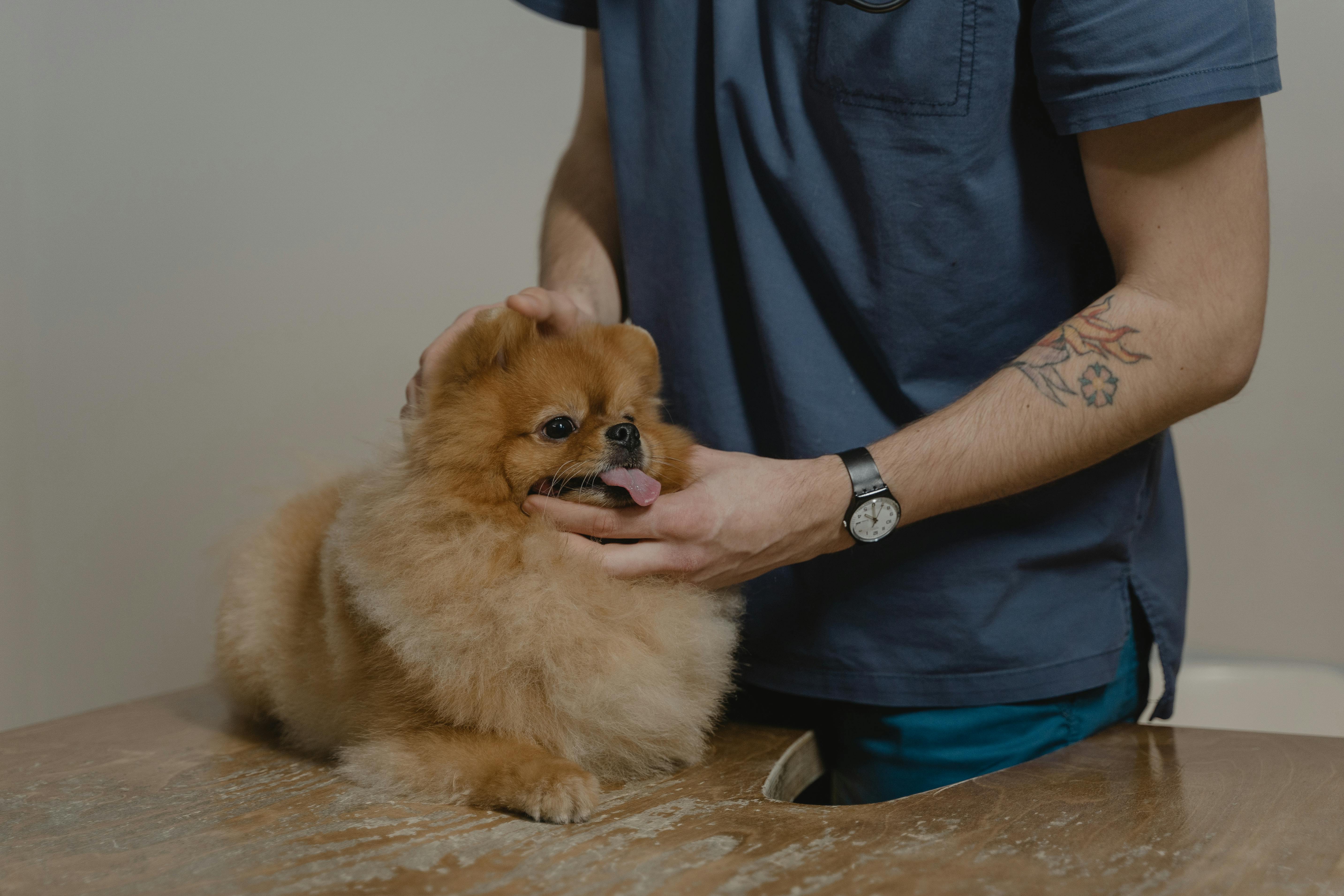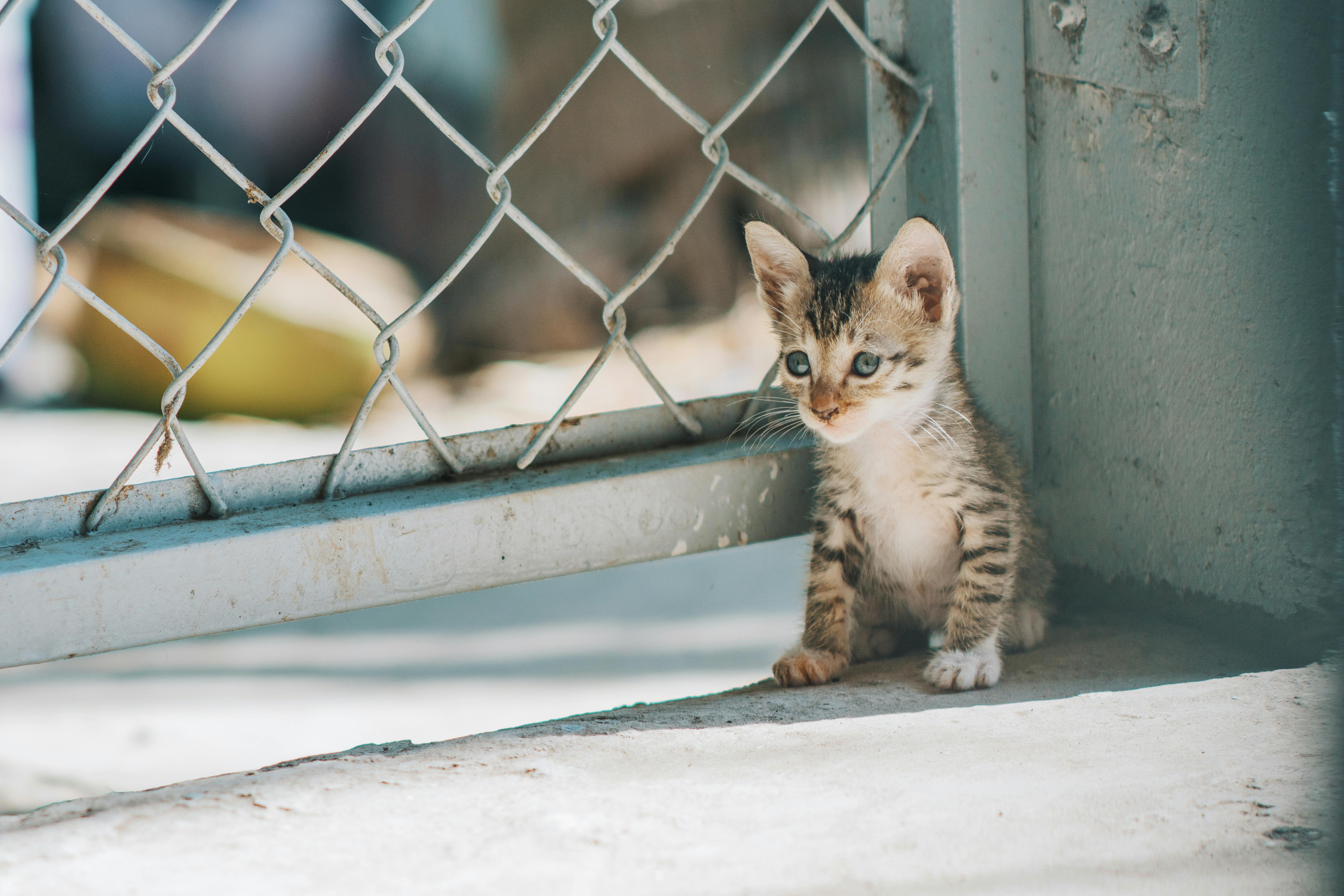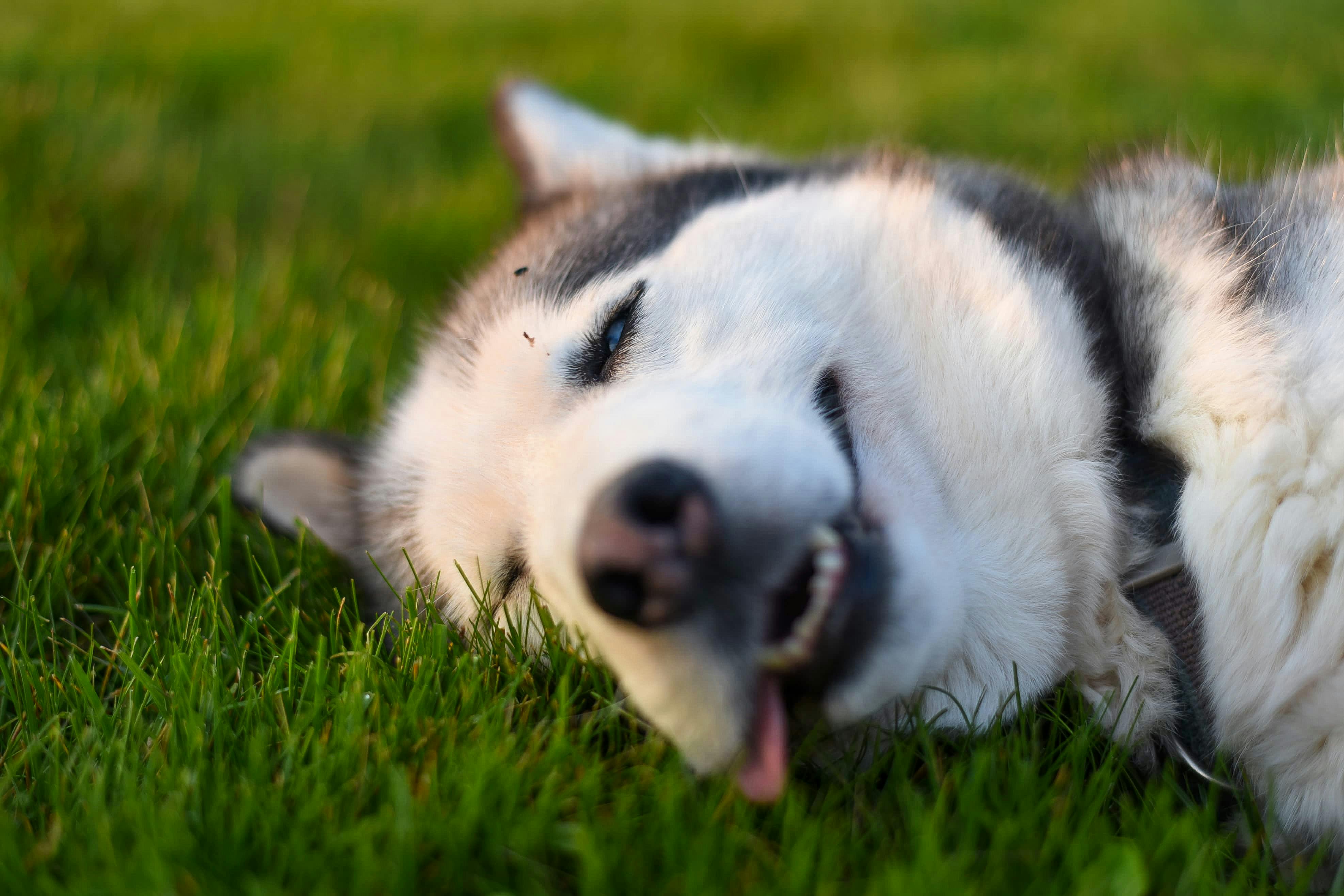Crate training puppies can be difficult if not done correctly. There are certain steps that need to be taken to crate train your new puppy. It is important for puppies to be crate trained for many reasons. Crates should not be used as a punishment for your pup, but as a safe place for him to relax. Crates should be used as a place for your puppy or dog to sleep at night without running around the house.
They are great for when you have to leave your puppy or dog home alone. We all know how horrible it is to come home to find your things destroyed by your dog. It’s also good for a dog or puppy to get used to a crate because when you have to take him to the vet he doesn’t get scared. If you ever plan to travel with your dog, you will need to have it crate trained.
The first step in crate training your puppy is finding the right crate. You don’t want to get a box that is too big or too small. Try to buy a cage that your puppy can grow in. If you know what type of breed your pup is, you can usually have an idea of how big it will grow. Buy a cage that will fit him well once he grows up. While he’s a puppy, you can simply divide the crate into a smaller section for him.
The second step is to introduce your puppy to his crate. You don’t want to throw it in there, lock it up and leave it for hours. This could scare him so much that he will only see the box as something bad. Let your pup explore the crate on his own terms for a while. Put some toys or treats in the cage so he can go in on his own. Make sure you have a comfortable bed in the cage for him to snuggle up in.
The next step is to feed each meal to your puppy in his crate. Leave the door open while he does this. Once you’re comfortable with that, you can move on to closing the door with your pup in the crate. Feed your puppy a treat while he is in the crate with the door closed. The next step is to put your puppy in the crate for ten minutes and close the door. After ten minutes, open the door and walk away.
You’ll soon realize that just because the door is locked doesn’t mean you’re stuck in there all day. The next step in crate training your puppy is to start leaving him in the crate for longer periods with the door closed. Leaving your puppy in the crate for different lengths of time will keep him from worrying about how long he needs to be in the crate. You can even put him in the cage, close the door and immediately let him out. When he is placed in the cage, he will think that maybe you will let him out again so that he will be more willing to enter his cage.
Make sure you take your time when working for a longer period of time. If you move too fast, you can startle your pup and the pup will only see the crate as a bad thing. The most time your puppy will spend in his crate will be at night. Then at night when you get ready for bed, move the crate to the side of your bed so he can see you. He will whine and cry, but don’t let him out.
If you take him out of his cage when he whimpers or cries, you will never train him. You should also praise your puppy and give him lots of treats when he stays in his crate without barking or whining. This will take some time and effort on your part, but eventually your pup will go to his crate on his own.
You may want to associate a word with the box so that you can eventually tell it to go to its box. You could use something like “in your crate” or “time to go to bed,” it doesn’t matter what you use, as long as you make sure to say it every time you put your pup in the crate. Never punish your puppy for misbehaving in his crate. Just ignore the behavior and it will eventually stop. When he behaves well, reward him instantly and he’ll soon realize that bad behavior doesn’t work for you.



